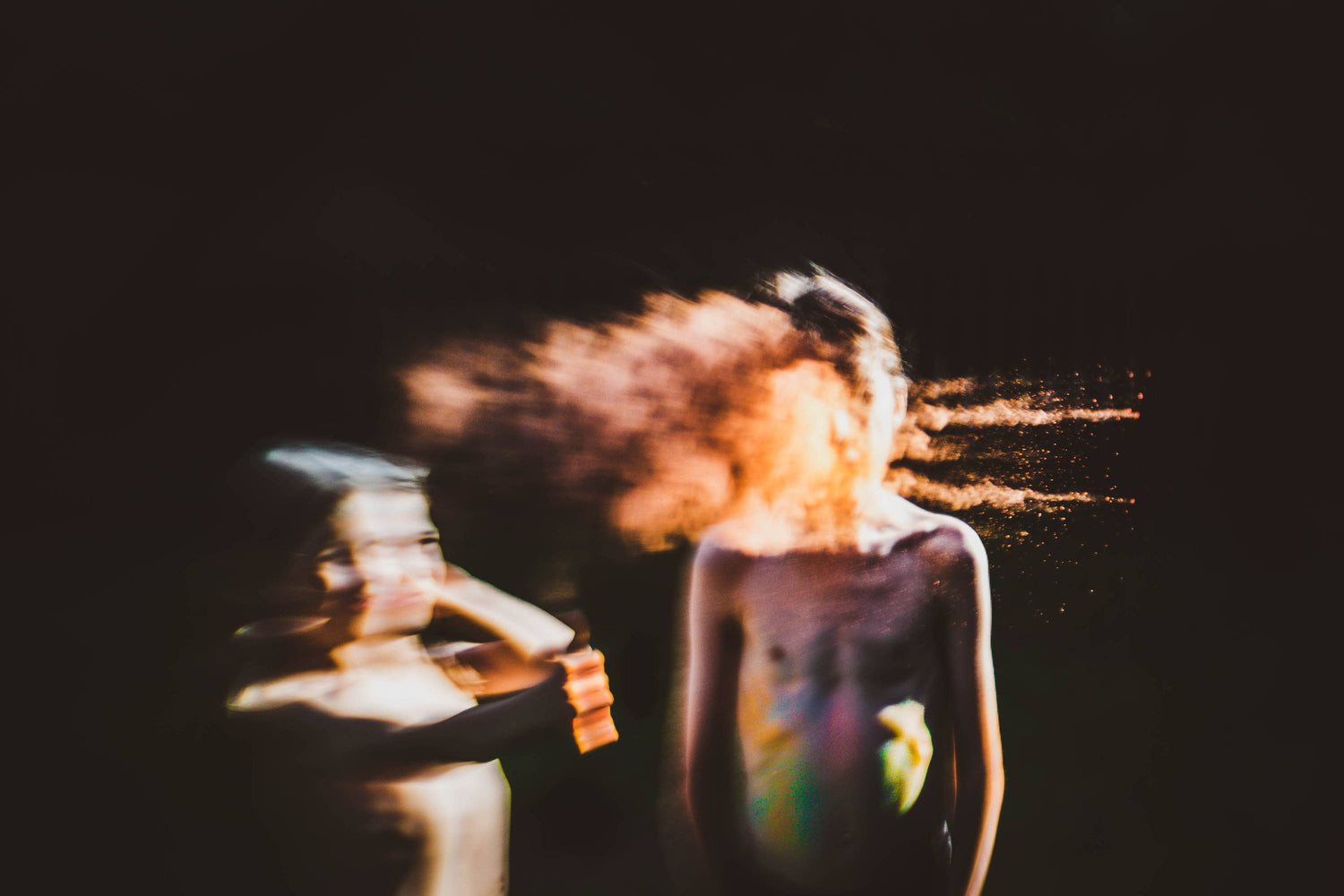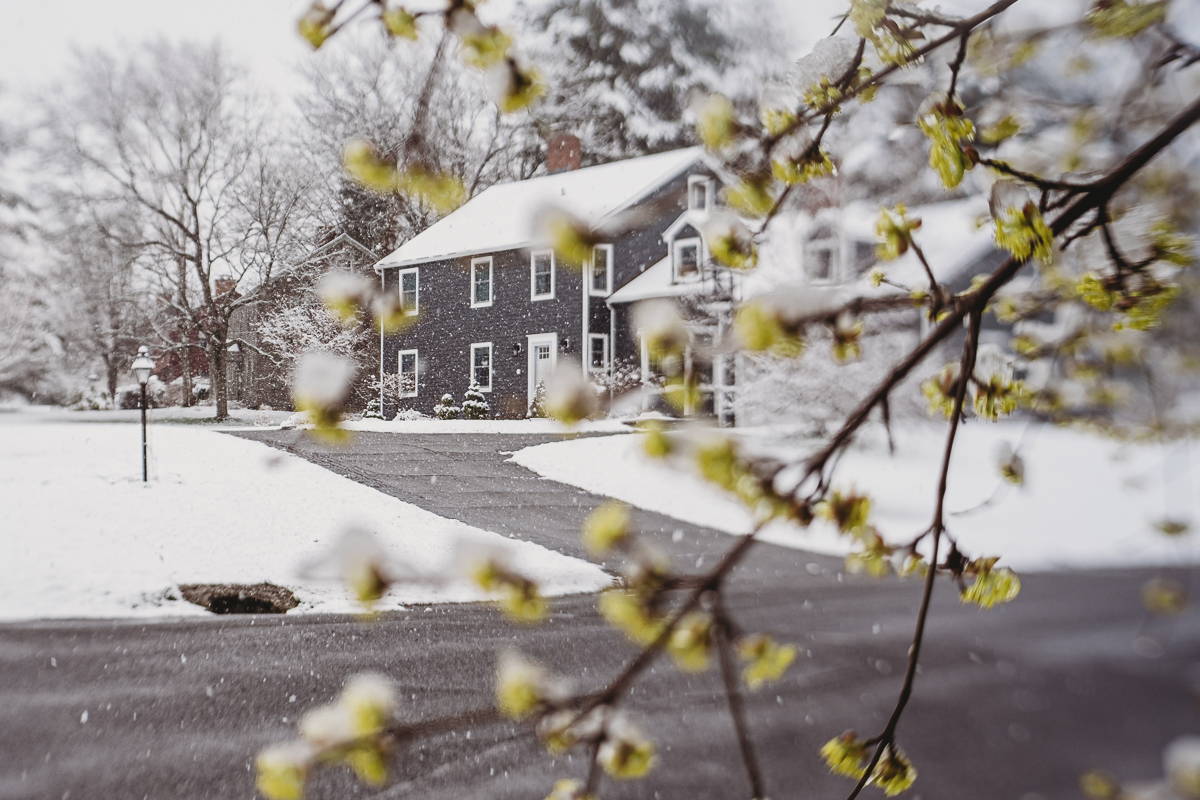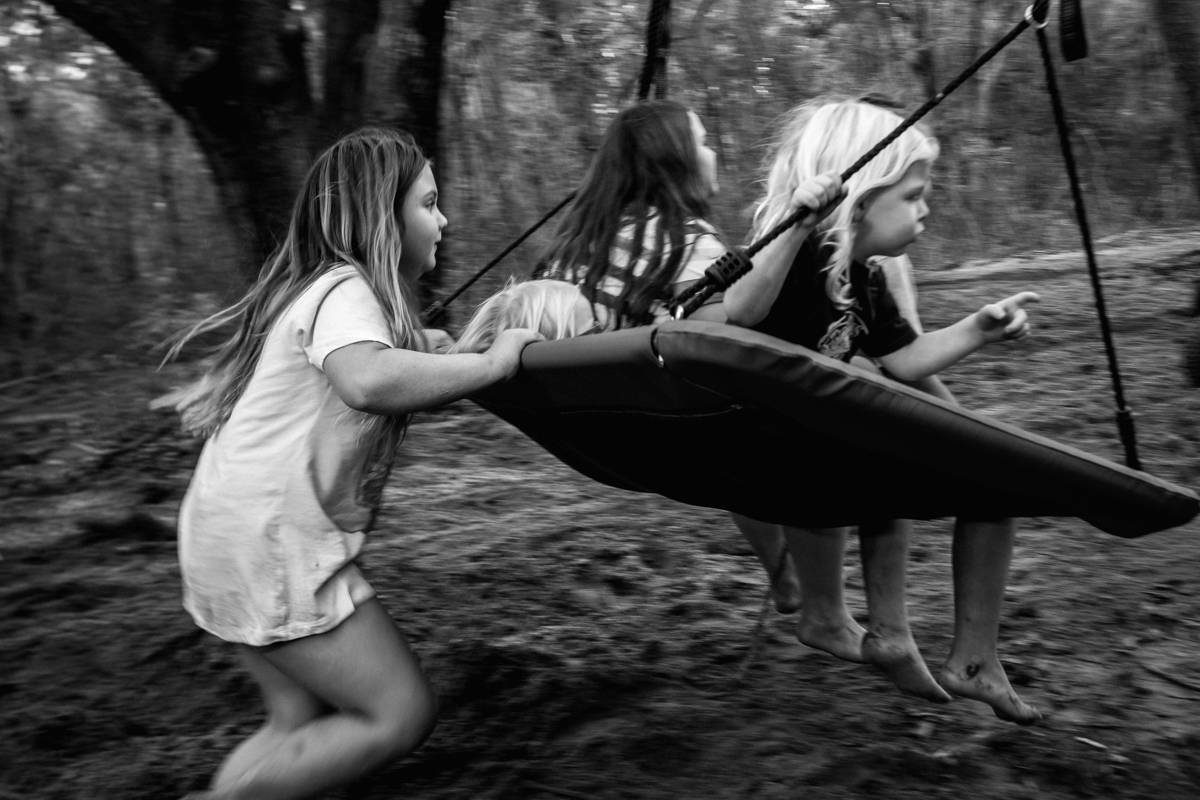A Lesson in Letting Go
Hi, I am Camilla, a creative portrait and documentary photographer based in England.
I live in a beautiful part of the county with my husband, four children, and our crazy GSP. I have been taking pictures all my life but only in recent years made the proper commitment to it, accepting I will probably always spend more on it than I make). In addition to photography, I work as a birth doula and a school counselor. All my life, I felt the pull between creativity and academia. I studied Journalism at London College of Communication, Fashion at the London College of Art, Social and Cultural Studies at the University of Nottingham. I then did my Graduate Diploma in Law and my Masters in Law at the University of Law in London. In 2010, my husband and I welcomed our first child. With that came a shift from law towards birth work—the support of both women and children, and of course - photography.
There is a perfectionist within me, a person who wants tack-sharp, technically bulletproof images. When I bought my incredibly expensive camera back in 2017, this was my mission; order, clarity, perfection!! It took a while to master these skills... at least to a point that I was satisfied, and once I did, I wasn't satisfied at all.
As I took the time to observe my work and the work of other people, I started to notice what I allowed myself to love in other people's images. Without that critical voice shouting 'sharp perfection' at me, what I was seeing, and completely falling in love with, were images that encompassed the the depth and emotion that resides within 'imperfection'. Many were the result of Lensbaby lenses.
Full of vigor, enthusiasm, and excitement, I bought my first Lensbaby lens, the Sweet 35. What I had not quite have anticipated was the struggle I would meet, both mentally and physically. It was enough that I had to master manual focus, but beyond that, I couldn't reconcile the lack of absolute clarity or the fact that I couldn't get focus anywhere! I didn't understand the mechanics of the lens. It was so frustrating! I took it out with me, and honestly I was so discouraged. It just seemed to produce this giant mess as I attempted and failed to capture precious moments. It felt as if for all intents and purposes my equipment was entirely defunct.
What I had to accept, was that it was time to slow down and observe. I had to learn something and this was going to take patience and consideration. Once I took a second to pause I started to see how prohibitive my impatience had been. It wasn't nearly as complicated as I had thought. Yes, there was a learning curve, for starters as mentioned above, I had never used a manual lens before - having concluded without trying that it sounded impossible... which as it turns out, it's not. Our eyes learn quickly!
Once I started observing the nature of the lens, the learning was a quick and organic process. To my great surprise I discovered that the lens was perfectly logical, I simply had to accept it for what it was. Perhaps most poignant was the personal level of learning, the recognition of what this lens was teaching me as a photographer, and quite honestly as a person. I mentioned observation above, but I cannot emphasise enough the value of this!! It got me to slow down, be patient, enjoy the journey, photograph with intention and consideration, learn who I was as a photographer and in turn what I wanted to say. I guess Lensbaby taught me to be mindful with my photography. I learnt to open my eyes and see beauty beyond the 'perfect', I saw that what resides in 'imperfection' is far more beautiful and interesting!
At the point of writing this article I had the Composer Pro with the sweet 35 optic and the Edge 35 optic. When it came to learning how to use these lenses there were a few things that I found really useful, so below I have provided some tips which I hope you will find helpful too.
Tip #1
Lensbaby lenses are manual lenses, meaning no autofocus. Look at how your camera can help. If you have a mirrorless camera, does it have focus peaking? Focus peaking when turned on produces a highlighted area which shows you where the focus is. This is very very useful. By using focus peaking you will be able to see where the focus is falling. Focus peaking works by identifying areas of contrast so don't be confused if it picks up a light in the background too.
"DSLR users - Check your diopter, this is where you put your eye to the camera. There is a dial. With a non Lensbaby lens find focus and then turn the dial until you have the best focus for your eye."
DSLR users - Check your diopter, this is where you put your eye to the camera. There is a dial. With a non Lensbaby lens find focus and then turn the dial until you have the best focus for your eye. Does your camera have a live view LCD screen on the back? I found this really useful to use at the beginning. If you have an LCD screen, can you zoom in on it? This was an amazing discovery for me as it allowed me to really check my focus on non-moving subjects. I also found it helpful to put the camera on monochrome mode because the lack of colour made it easier for me to see what was in and out of focus.
Tip #2
Start by locking in your position. Using the composer pro you can position your composer where you want it, and then lock it in place by twisting the dial closest to the camera —What I mean by this is start in one place.
Sweet - Start with the lens in the middle. Tighten the ring nearest the camera so the lens cannot move around. Start by having your aperture smaller (bigger number) as you then get a bigger spot of focus. I found it helpful to put a focus point on my camera where I had manually set my focus as a reminder to myself. On a DSLR you can still move those focus points around on the camera, even though the camera isn't going to focus the lens. With the second ring adjust your focus manually by slowly twisting until the area you want is sharp.
Edge - When the lens is completely straight on, there is no slice of focus at all. It acts as a normal lens would. To get the blurred edges the lens needs to be tilted up or down or to the side.
Start with a very small tilt, lock it in by tightening the ring on the lens nearest the camera body. Again don't make your aperture to big (small number) as the slice of focus is more narrow with a big aperture. Once you have locked in your tilt and chosen your aperture use the other ring to set your focus across the frame. As you twist the ring you will see the line of focus go across your viewfinder. If you are struggling to see it then point the camera at some grass or the road, any surface that is all the same but has texture. Twist the ring so you can see where the focus is moving.
Another thing to note is the ISO. If you're using auto ISO it may be way off. I use manual and set accordingly by simply checking and adapting as necessary.
Tip #3
Start with Still Life. It takes time to understand how tilting your lens effects where your focus falls. If you have a moving subject finding your focus is going to be exponentially more difficult. Patience is so important, but as it turns out, it is also really rewarding on multiple levels.
Tip #4
Embrace. Lensbaby adds distortion to your image, and we love it because it's beautiful! Don't hate it for being what it is.
Don't overcomplicate your background. Too much business can make for a confusing and overwhelming picture, likewise with colours. A lot of different colours can detract from where you want the attention in your image to be.
Single subjects are best. In my experience, Lensbaby is not a group picture lens, but then again, I am primarily a portrait photographer to perhaps not well placed to comment on that.
Light. I find I get the best results with my Lensbaby in well lit areas.
Accept this lens for what it is and enjoy it. Allow yourself to be creative and free.
Tip #5
Personal or group challenges. I've done a 30 day Lensbaby challenge three times now and it's been so useful! And not to mention bonding. If you're on Instagram, you can search the hashtag #30dayswithlensbaby, we started this last year, and it has become very popular!! We will still use it but are now including specific monthly challenge tags. E.g. December 2020 hashtag #30dayswithlensbabyDec20. Searching a specific hashtag like this can help you find other people who are also using it. You can then connect with them and learn from each other. It is so helpful!!
Please feel free to reach out to me at @camillawintermoore (on IG). If you like to work in a group and cheer each other on, I can add you to my Facebook page, The Creators Journal; we have such a wonderful community over there!
The main Lensbaby hashtags are: #lensbaby, #seeinanewway and #shootextraordinary. By searching and using these hashtags you can admire other people's work, but also make yourself visible to Lensbaby who may then feature your image on their page.
There is so much more I could say about Lensbaby, and so much more still for me to learn. I do post all of my settings and things I find useful along the way on my Instagram. I also always post stories, which I then add to a highlight on my page. I do this daily when I'm doing a challenge and then at any other time I use any of my Lensbaby lenses. I am always very happy to answer questions on my Instagram page, so do reach out if you would like. I also run a hub @thecreatorsjournal. Please feel free to tag us there too with our special Lensbaby hashtag #tcj_lensbaby.
I hope this has been helpful to read. I really do urge anyone interested in Lensbaby to go for it. As far as lenses go, these lenses are relatively inexpensive, and if you wish to buy from the Lensbaby website, then please take advantage of my code: WMOORE for 10% off.
Lensbaby has allowed me to let go and create work I actually love. It has released me from the desire to try and control everything, which is a great relief. I love emotive storytelling images and I think these lenses lend themselves so well to this kind of photography.
Camilla x




11 comments
Linsey Davis
Excellent advice, Camilla!!!
Nicolas Peña
Thank you for the insight on your journey with Lensbaby. The tips are helpful for those that have never used lensbaby or manual focusing before. Your great work is inspiring!
Liz Godfrey
Really enjoyed reading this article and learning about Camilla’s perspective on shooting with a Lensbaby. I definitely agree that these lenses help one to slow down and be more mindful and intentional with their shooting. I had no idea my camera had focus peaking and once I learned about that, that was a big game changer in shooting more confidently with Lensbaby lenses.
Ally Frantz
What an amazing and inspiring article! Thank you for the great tips!
Julie T
Very helpful tips with some great insight. Inspiring images too.
Leave a comment
All comments are moderated before being published.
This site is protected by hCaptcha and the hCaptcha Privacy Policy and Terms of Service apply.